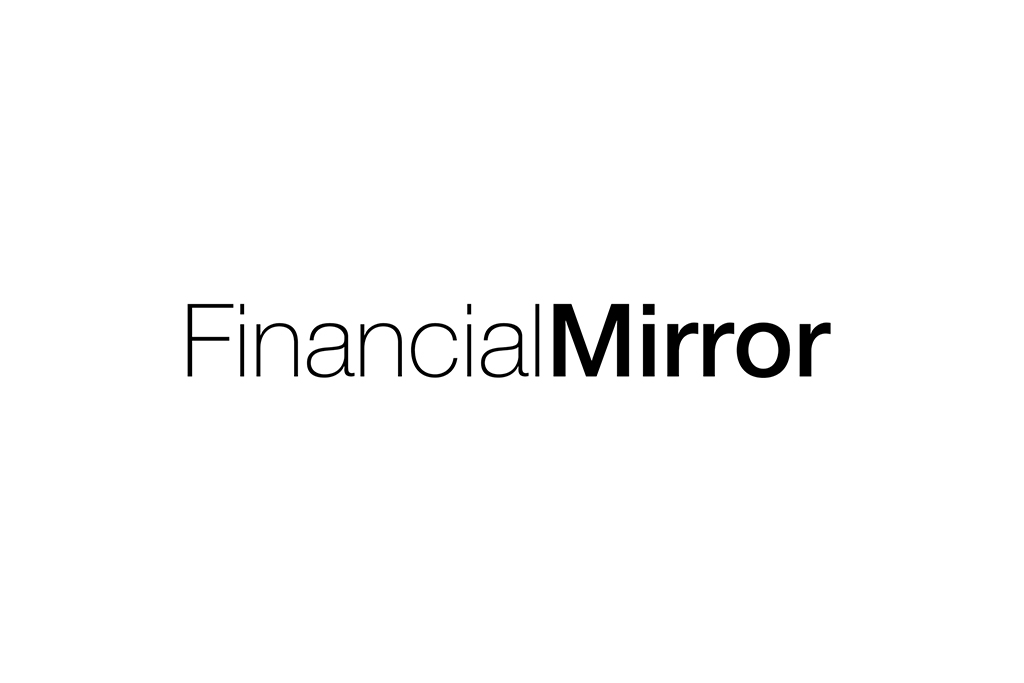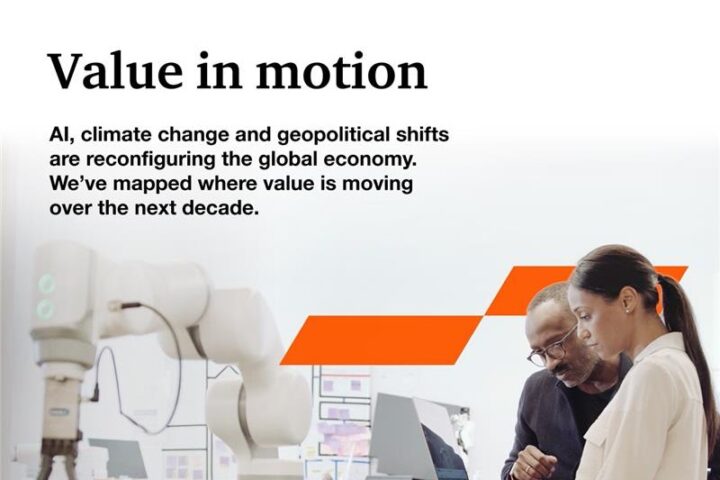Two-thirds of executives now prefer e-mail as a means of business communication over the next most popular options, desktop telephones and mobile phones, which are each preferred by just 16% of survey respondents, according to a global survey of 1,500 workers by the Economist Intelligence Unit.
The survey, conducted in co-operation with Cisco Systems, asked employees about their voice communications practices and preferences in the workplace, their use of communications tools and perceptions of workplace productivity.
Productivity
A full 81% of respondents say automated communications methods make them more or very productive in the workplace. Moreover, 73% say electronic communications somewhat or greatly improve their level of workplace satisfaction, increase the flexibility of their responses (91%) and encourage workers to initiate interactions (78%).
Faster
Five years ago, 77% of those calling someone at their company could reach them within hours or minutes, compared with 90% today. Only half of those calling someone outside their company could reach them within minutes or hours five years ago, compared with 65% today. And only 7% of respondents say it takes a full workday to reach someone at their company today, compared with 18% five years ago.
Phone numbers
Most have three different phone numbers (such as office, pager, mobile, PDA or home-office numbers). The higher executives rise in an organisation, the more numbers they acquire: 30% of C-level executives have four or more numbers where they can be reached, compared with 21% for manager-level executives.
Instant messaging
Those who prefer instant messaging (IM) stand out as the most ardent proponents of technology: 53% say they use technology for nearly all of their workplace tasks, compared with the general survey response average of 36%. Fully 58% of survey takers who chose IM as their preferred method of electronic communication say the amount of time it takes to communicate electronically has decreased over the past two years.
Plain speaking: voice communications at the office
is available free of charge at http://www.eiu.com/PlainSpeaking







